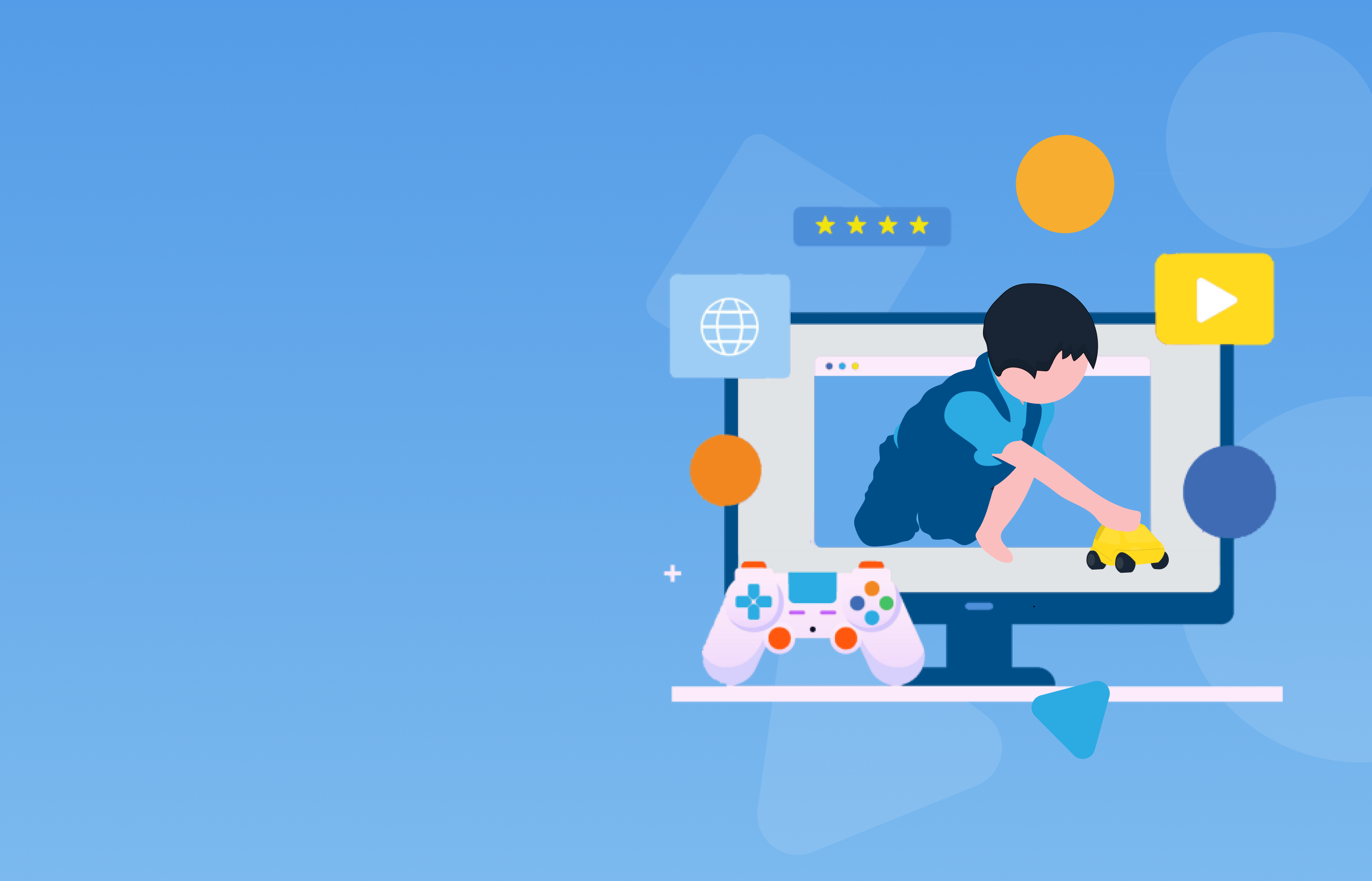A Little Boy Saves The Day.
Griffin Sanders is a 10-year-old boy who went for a drive with his 74-year-old great grandmother and 4-year-old brother in the suburbs of Denver. He was super excited about possibly getting ice cream or buying a new toy as they got on the freeway, but as they approached speeds of up to 100 km/h, Griffin’s grandma suddenly had a heart attack and passed out behind the wheel.
Griffin did what any normal 10-year-old child would do: he took control of the vehicle and safely maneuvered it off the road until help arrived. “How did you do this?” the cops asked Griffin. “Mario Kart,” he replied. They were shocked and impressed! He thought all of this was happening within the game, which is incredible, right?
Fluid Intelligence is the thing that Griffin was demonstrating. We can come up with new ideas on the fly to think our way out of problems and be innovative at the moment. These ideas are driven largely by the concepts of games. Millions of children play games like Minecraft, but it’s the broader context that matters since it’s not just what they’re playing but also how much they’re playing and what playing does to their brains. One of the reasons why games are so powerful is because of intrinsic reinforcement – when you do something well in a game (or any other activity), you get rewarded with positive feedback that makes you want to repeat that action again and again.
If we asked what creativity is, we would always assume that those who were creative were highly intelligent and privileged with access to resources that others didn’t have. But maybe creativity isn’t about privilege or intelligence. It’s the ability to bring ideas and concepts to life or to see things differently. Could creativity be a skill that anyone can learn? Definitely!
Do you wish you were more creative? Like most of us, you probably spent years being told that creativity and innovation are innate gifts that only some people possess and that those who don’t have them should learn to accept their fate. And yes, some people are naturally more creative than others. But creativity is a skill that can be learned, developed, and enriched over time. You can learn to become more creative by continuously exploring and innovating.
Innovation has been around for centuries. It has helped us make huge improvements in our lives, such as better health care, faster transportation, improved communication systems, and more. It’s not just something that happens when you’re in school or working on a project, it can happen all the time! We can innovate at home, at work and everywhere else we go.
Did you know how intrinsic reinforcement works?
Anytime you challenge yourself to do something it doesn’t matter how big or how small, once you accomplish your goal your brain secretes dopamine which causes people to feel good and happy. Games trigger the release of Dopamine in our brains, which is why gamification works so well!
If you’ve ever played video games, you know that sometimes you get stuck on a level and have to find a way to get to another level. You might have to think outside of the box and use a new strategy instead of the one you used before. Gamification isn’t just about making things fun, it’s also about making them meaningful and relevant, which helps us feel more invested in activities and achievements. Gamification isn’t just good for learning, it can be a powerful way to drive better outcomes in other areas such as business.
Three ways gamification works:
Gamification is motivational. People love games and rewards, so it’s no surprise that when you apply those concepts to your business, people will be more motivated to perform well and get more out of their jobs.
Gamification makes learning fun! When you’re playing a game, you’re more likely to pay attention and retain information because your brain is being incentivized by the game itself. In fact, research shows that we learn better when we’re having fun.
Gamification encourages collaboration and teamwork among employees who may not always work together on projects or in meetings very often. This kind of cross-functional teamwork can lead to higher productivity overall because of all the different perspectives being brought into play at once!
Gamification, Creativity, and Innovation: A Path to Solving Problems
To be creative and innovative, we must view creativity through a different lens. Creativity is something we can grow through practice at playing games or solving puzzles. The more we practice being creative, the better our brains become at it! The idea of making something fun is nothing new because the concept has existed since ancient times. But in recent years, it’s become more popular than ever before because it provides an effective means of engaging people with what they’re doing and motivating them toward certain behaviors or outcomes.
The next great idea won’t just come from the privileged people, they will come from every one of us and collectively transform the world that we live in. In the same way, gamification can help us break out of old habits and patterns so we can learn new ways of thinking. We need to innovate and change our approach if we want to accomplish great things together.
Read more: The 4 Stages of Gamified Experience
If you’re interested in learning more about how gamification can help your organization, please feel free to reach out to us at inquiries@abakadastudios.com. We hope to hear from you soon!


0 Comments